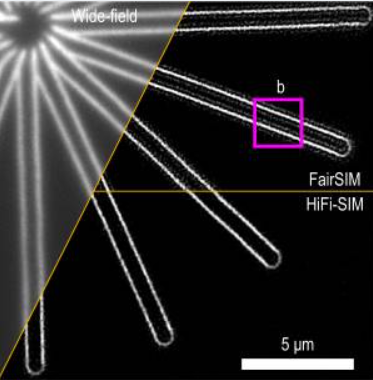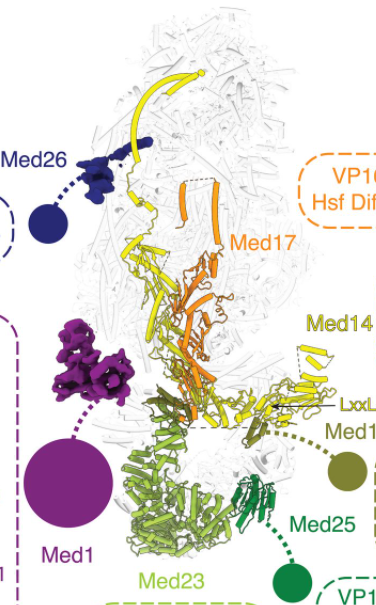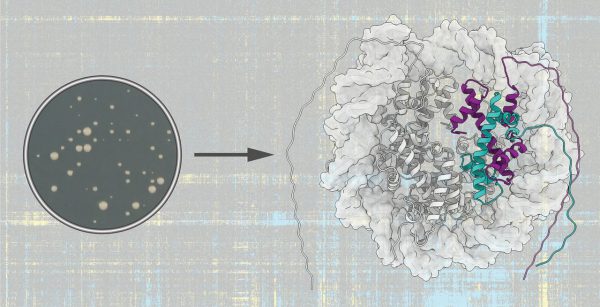The stoma is a window for material and information exchange between plant and environment. Stomata mediate the adaptation of plants to the external environment by sensing and decoding various environmental signals, such as drought, CO2, and ozone. In addition, stomata are the invasion channels of pathogenic microorganisms and participate in the immune response of plant disease resistance. Stomata control CO2 uptake and water transpiration, and their opening and closing are…
Progress in Research and Instrument Development of Structured Light Illumination Super Resolution Microscopy

As we all know, an optical microscope for direct observation is of great significance in biomedical research, such as cell biology, developmental biology, immunology, pathopharmacology, and so on. However, due to the limitation of the diffraction limit, the resolution of the traditional optical microscope can only reach half of the light wavelength theoretically. For a long time, the appearance of super-resolution fluorescence microscopy has effectively broken the limit of optical…
Scientists Reveal the 3D Structure of Special Complexes Responsible for Gene Expression in Cells

Recently, in a research report entitled “Structure of the human mediator bound transcription pre-initiation complex” published in the journal Science, scientists from Northwestern University and other institutions in the United States first observed multiple subunit machines responsible for regulating gene expression in human cells through research. According to the researchers, the complex called Med-PIC (mediator-bound pre-initiation complex) is the key determinant of which genes are activated and which genes…
Studies Reveal the Structural Basis of Serotonin Receptor as a Target of Depression

Serotonin is an important neurotransmitter, which plays a role in the brain and endows people with the ability to feel happiness. Therefore, it is also known as a “happy neurotransmitter”. The serotonin system is involved in a wide range of physiological functions of the human body, including the regulation of brain memory, cognition, emotion, learning, and addiction. The disorder of the serotonin system may cause a variety of mental diseases…
Mechanism of Glutamate Transporter in Cell Membrane

In a new study, researchers from the University of Sydney in Australia and the University of Illinois at Urbana Champaign reveal the shape of one of the most important molecular machines in our cells, the glutamate transporter, which helps to explain how our brain cells communicate with each other. The related research results were published online in Nature with the title of “Glutamate transporters have a chloride channel with two…
Study Revealed the Molecular Mechanism of A Special Heme Copper Terminal Oxidase Using Two Electron Donors

Sun Fei research group of Institute of Biophysics, Chinese Academy of Sciences, and Hartmut Michel research group of Max Planck Research Institute, Germany published a research paper entitled “The unusual homodimer of a heme copper terminal oxide allow itself to utilize two electron donors” in German Applied Chemistry. In this work, a special heme copper terminal oxidase from thermophilic bacteria was studied. By analyzing its high-resolution freeze electron microscope…
A Novel Protein Based Biosensor for Rapid Detection of Coronavirus Proteins and Antibodies

In a new study, researchers from the University of Washington have developed a new method to detect the proteins that make up the pandemic coronavirus SARS-CoV-2 and antibodies against it. They designed protein-based biosensors that emit light when mixed with the protein components of the virus or specific antibodies to COVID-19. This breakthrough may lead to faster and more extensive detection in the near future. The related research results were…
Study Revealed the Structural Basis of Assembly Factor Psb27 Regulating the Assembly and Repair of Photosystem II

Photosynthesis is a process of large-scale utilization of solar energy to synthesize carbon dioxide and water into organic compounds and release oxygen. Photosystem Ⅱ (PSⅡ) is located on the thylakoid membrane of oxygen releasing photosynthetic organisms, which is an important place for the oxidation of photosynthetic water. PSⅡ core complex has the function of photosynthesis and oxygen releasing, which is a pigment membrane protein and composed of 20 protein subunits,…
Determination of the Whole Structure of Protein Complex by Gene Interaction Map

One of the most vexing tasks for biologists is to figure out how proteins, the molecules responsible for the work of cells, do their work. There are knobs, folds, and cracks on the surface of each protein, which determine what it can do. It’s fairly easy for scientists to visualize these features on a single protein. But proteins don’t act alone. Scientists also need to know the shape and composition…
The High Resolution Structure of NALCN-FAM155a Subchannel Complex Is Reported

In this study, researchers used the single LCNAN particle freezing electron microscopy to explore the mechanism. Since the quaternary complex of NALCN-FAM155-UNC79-UNC80 is not stable enough, they focus on the structural analysis of the relatively stable core subunit of NALCN-FAM155. After homologous protein screening and other steps, they determined the complex composed of rat NALCN and mouse FAM155a subunit as the research object. After overcoming the difficulties of sample preparation…
